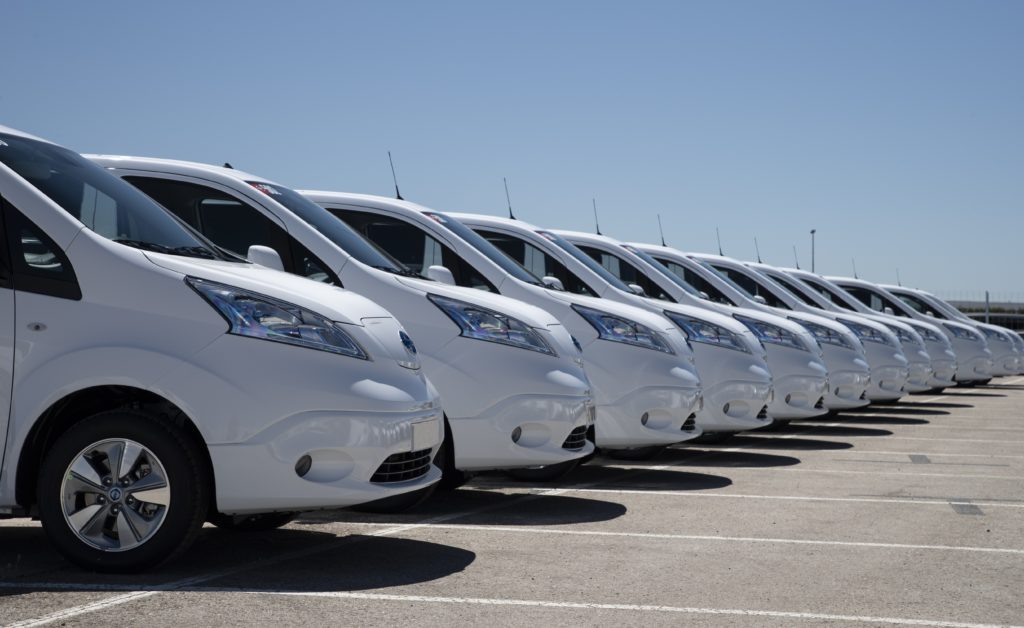Around the world our climate is changing, and it’s changing at an alarming rate. The impacts are being seen here in Scotland in our own communities, in the services we provide and the infrastructure we operate.
Scottish Water’s employees can see first-hand how delivering water and waste water services are being affected by more frequent intense rainfall events, and longer drier periods of weather.
The impacts here can range from flash flooding of property and urban spaces, water efficiency measures being implemented and our source water quality changing, requiring different treatment approaches to maintain reliable supplies.
Across our organisation, our people are engaged day to day to combat the effects of climate change, to minimise any potential disruption, enhance customer experience, ensure water and waste water services run as effectively as possible.

Many of us in our own lives are also taking steps to minimise our footprint on the world around us. From reducing the water we consume in our homes, reducing our energy needs, using less single-use plastic or being more sustainable in the food we eat and clothes we wear.
At the same time our employees in Scottish Water continue to make another vitally important contribution to mitigating the effects of climate change. Not in their own home, or community, or workplace, but thousands of miles away.
This year marks the 40th anniversary of the water industry’s partnership with WaterAid. Since 1981, we have worked together to find solutions to the global water crisis.
Over the decades, those working in water services in Scotland have played a very active part in supporting the charity’s mission to bring clean water, decent toilets and good hygiene to places where those things aren’t as accessible as they are to us – or accessible at all.
With climate change impacting countries with the greatest need for the basics that we take for granted here in the UK, it’s more important than ever that we make collective efforts to support. In short, the climate crisis is fast becoming a water crisis.
Already, 1-in-10 people worldwide don’t have a reliable source of clean water. And the more our climate changes, the more challenging this becomes. WaterAid is working to ensure communities have a steady supply of clean water whatever the weather may bring. Find out more here.

Scottish Water employees fundraise year-round through a variety of activities to specifically bring clean water, decent toilets and good hygiene to communities in Malawi and Rwanda.
In Malawi almost 6 million people don’t have access to clean water; more than 13 million don’t have access to a decent toilet; and every year, 3,100 children die there through poor sanitation and dirty water.
The link between water and climate is crystal clear. The connection between our people and those communities around the world runs deep. You can find out more about climate change and its impact on people in Malawi through stories told by WaterAid.
With all eyes on Glasgow in November for the world’s most important forum on climate – COP26 (the 26th session of the UN conference of the parties), it will bring the debate much closer to home for many of us.
Alongside the focus on reducing carbon emissions, we urgently need to look at how we can support those living on the front line of climate change right now.
So, as we continue to make steps in our own lives – at home and at work – to adapt to the changing climate, we too remain committed to ensuring vital daily access to clean water, working toilets and sanitation that protects the health of millions of people.
To mark our 40 years in partnership together, WaterAid has come up with a fundraising challenge with a difference – £40 for 40 years. Help us reach everyone, everywhere with clean water. Find out how to get involved.

















